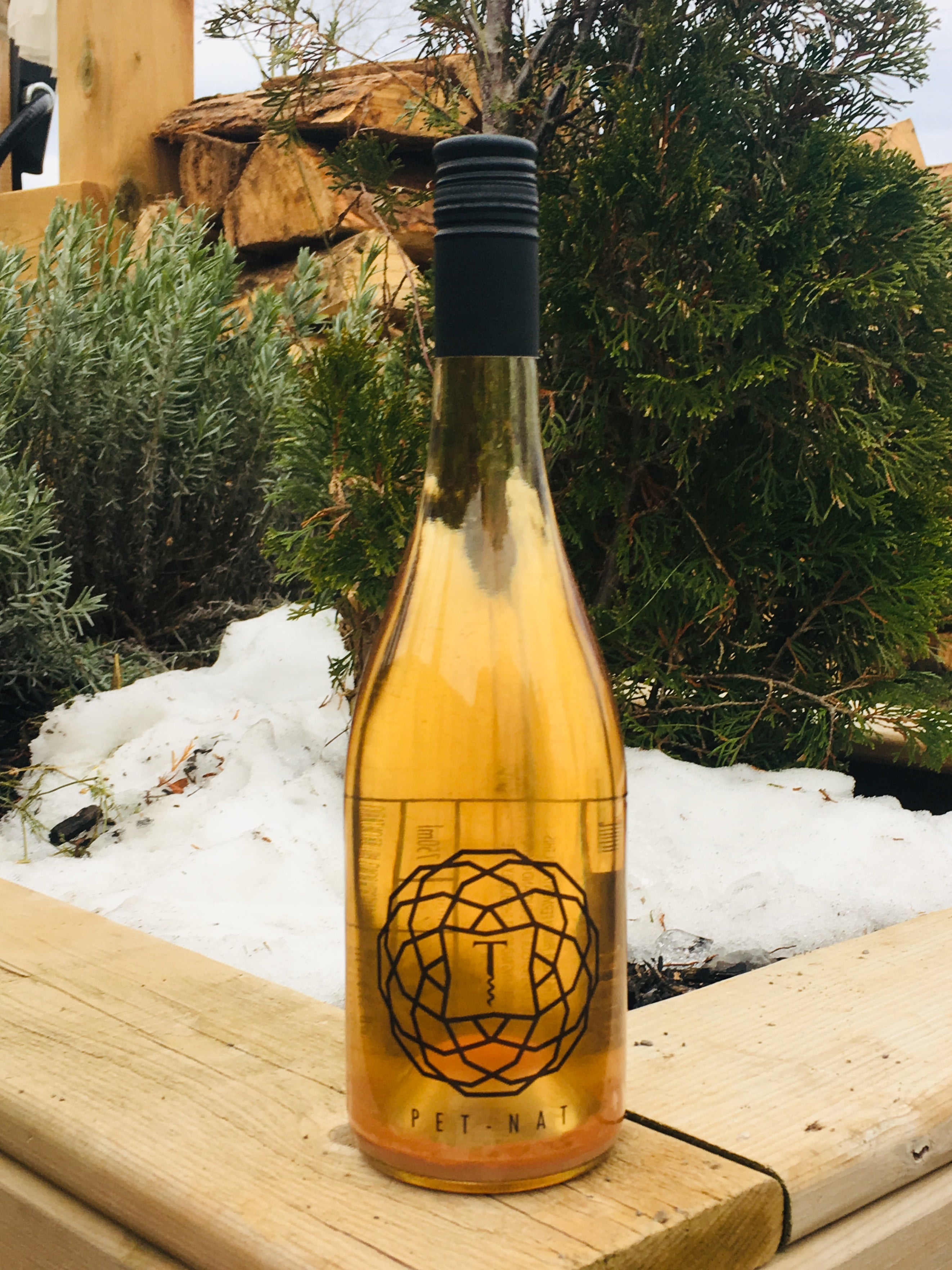Why is Pet-Nat all the rage?
Light on the bubble with lots of flavour on the tongue – why is pét-nat all the rage?
Millennials want to drink wine, but they’re not interested in the wine that their parents are drinking. They want to try something different, something unique: a drink to enjoy, but also to spark conversation. Pét-nat fits the bill in more ways than one, as each is full of character, somewhat unpredictable in nature, and tells a story about where it’s from, which is why we at Traynor Family Vineyard spend so much of our time making and promoting the style!

Pétillant naturel, or pét-nat, is a natural method of making sparkling wine – and it’s not exactly new. Wines have been made in this style for so long, another name for it is méthode ancestrale. Its roots in France’s Loire Valley pre-dates champagne by at least two hundred years, with the first such wine credited to Limoux in the 15th century. These original winemakers, however, may not have intended to make sparkling wine at all, but in the end, it became part of a local winemaking tradition that is still practiced to this day.
The product was simply a wine that finished its primary fermentation in the bottle.
Going back to the Loire for a moment, the wines had likely been bottled with a little residual sugar. Because fermentation slows down in low temperatures, the cold winter then halted any further fermentation, which would start up again in the spring when the weather got warm. Since the bottles are sealed, the resulting CO2 from the fermentation remains inside the bottle, rendering a wine that is lightly effervescent and likely a bit cloudy from its lees (yeast cells and other wine extracts), which are cast off during the fermentation process. The lees lend a lot of flavour to the wine, and gives it its unpredictability – another reason to love pét-nat. I mean, who doesn’t love a good mystery?
Champagne vs. pét-nat
In champagne, the bubbles are made by adding yeast and sugar to each bottle to start a secondary fermentation – followed by a very calculated and labour-intensive finishing process. The grapes, the blending, the bottles, the corks, the vintage – all of these aspects are important parts of the champagne tradition.
Pét-nat, on the other hand, is a pure reflection of its origins, of the winemaker, and of the land. It is made and bottled with a minimum of intervention, assuring that the resulting wine is as singular as its maker. As much as champagne can be very predictable with its house styles and perfectly crafted cuvee’s, there is really no way to predict exactly what pét-nat is going to be like. Outside of knowing the grapes or the blend of grapes that went into it, we leave a great deal to nature and natural processes – and this is really part of the mystery and allure of pét-nat wine. I mean, aren’t you just a little curious?
Pét-nat is a wine to be seen with
Pét-nat has become extremely trendy in recent years in places like Los Angeles, New York, and San Francisco where it’s become a brunch staple. Pét-nat offers savoury notes that you don’t often get with champagne or other sparkling wines. It’s light, it’s generally low-alcohol, and it’s very food-friendly. It’s the perfect aperitif, served with bacon-wrapped scallops, creamy cheeses, or an onion tart. It even goes well with typically hard-to-pair dishes like artichokes, green vegetables, and salads, but you can enjoy it with anything from oysters, to caviar, to eggs benny, or even French fries.
You can find pét-nat wines being made all over the world: from its roots in the Loire Valley of France, to Italy, to California, Long Island, the Okanagan, Niagara, and—of course—right here in Prince Edward County.












